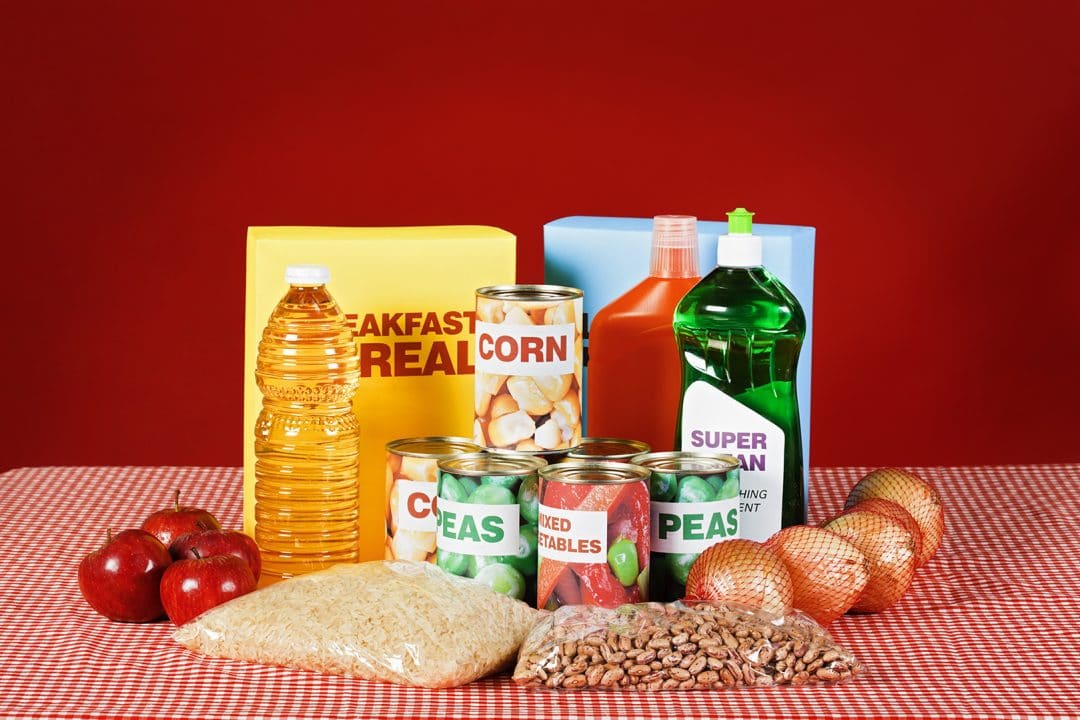New research highlights why it’s advantageous to produce store brand products, even those that aren’t popular with customers
An essential aspect of any family or individual’s expenses is food, and it’s a rather large expense. Americans, on average, spend $660 on food per month. One way to help reduce food expenses is buying store brands, and more and more consumers are doing so every day. In fact, in 2018, 78% of U.S. consumers purchased store brand items.
With more consumers purchasing store brands, the market size also continues to grow, especially in categories with generic-type products. For example, store brands represent more than 30% of total sales in popular categories like eggs (59.7%) and milk (52.6%). However, some store brands’ relative sales vary considerably in different product categories. For example, some in unpopular store brand categories account for less than 2% such as alcoholic beverages (0.6%) while store brands are absent in some categories such as eye makeup.
In another example, Amazon produces store brand apparel, but not because it sells well. Four out of five Amazon women’s clothing brands are selling fewer than 100 items per month. While it may seem odd that Amazon continues to produce these store brand apparel items with negligible sales, new research from the University of Florida Warrington College of Business sheds light on why they do so regardless of the substantial financial and operational cost of introducing and managing store brands.

Assistant Professor Amy Pan, alumnus Quan Zheng and Ph.D. student Hongseok Jang.
“Store brands with intermediate quality serve as a credible threat to intensify upstream competition and induce better wholesale contracts in spite of their negligible sales,” explains Assistant Professor Amy Pan, who co-authored the research with alumnus Quan Zheng (Ph.D. ’18) of the University of Science and Technology of China and Warrington Ph.D. student Hongseok Jang.
Simply put, it’s better for the bottom line.
In their paper, “Store Brand Introduction and Multilateral Contracting,” Pan, Zheng and Jang studied two different information structures to find their results: simultaneous (secret offers) and sequential contracting (public offers), which represent different timing by which national brand manufacturers contract with a retailer. Moreover, they provide implications about firms’ preferences in contracting sequence in the presence of store brand products. Their findings provide a possible explanation for the phenomena of information leakage in the industry and offer practitioners useful guidance on information management.
“Using an economic framework, we find that although the sale of the store brand is negligible, its presence enables the retailer to intensify the upstream competition and elicit better wholesale contracts,” the researchers write. “In contrast to conventional wisdom of second-mover advantage, in which the manufacturer contracting with the retailer second profits more than being the first, in multilateral contracting, we reveal that the store brand introduction could entail a first-mover advantage, in which the manufacturer contracting with the retailer first profits more than being the second, such that the retailer could prefer public offers.”
Based on their results, the researchers recommend that firms should evaluate the store brand introduction from a holistic perspective in a multichannel framework rather than a short-sighted approach.
“In practice, retailers might consider withdrawing their store brands from the market if revenues from directly selling them are marginal. Our research suggests that practitioners in retailers should consider not only the direct revenues from direct selling store brands, but also the potential bargaining power by utilizing store brands as credible threats,” the researchers write.
This research is forthcoming in “Manufacturing & Services Operations Management Journal.”




